There’s new hope for the contemporary art scene in Japan — or at least that’s what the narrative is surrounding Tokyo Gendai, an art fair that held its inaugural event earlier this month.
The international art fair was able to turn the 20,000-square-meter exhibition hall at the Pacifico Yokohama convention center into a temporary bonded area, thanks to recent revisions of Japanese tax law relating to the import, storage and sale of art coming into Japan. That is to say, galleries and collectors that participated in the fair were exempt from paying the usual 10% import tax on bringing artwork into the country — a long-running issue for Japan’s art scene that other Asian art markets have not been hampered by.
Tokyo Gendai is not the first in Japan to take advantage of the tax relief, however. Last September, Art Fair Asia Fukuoka claimed the first bonded area in the country, albeit on a much smaller scale than Tokyo Gendai. Terrada Warehouse in Shinagawa opened a bonded gallery area that same month, following the establishment of a permanent bonded storage facility earlier in 2022. Haneda Airport has hosted a bonded area for exhibitions and auctions since 2021.



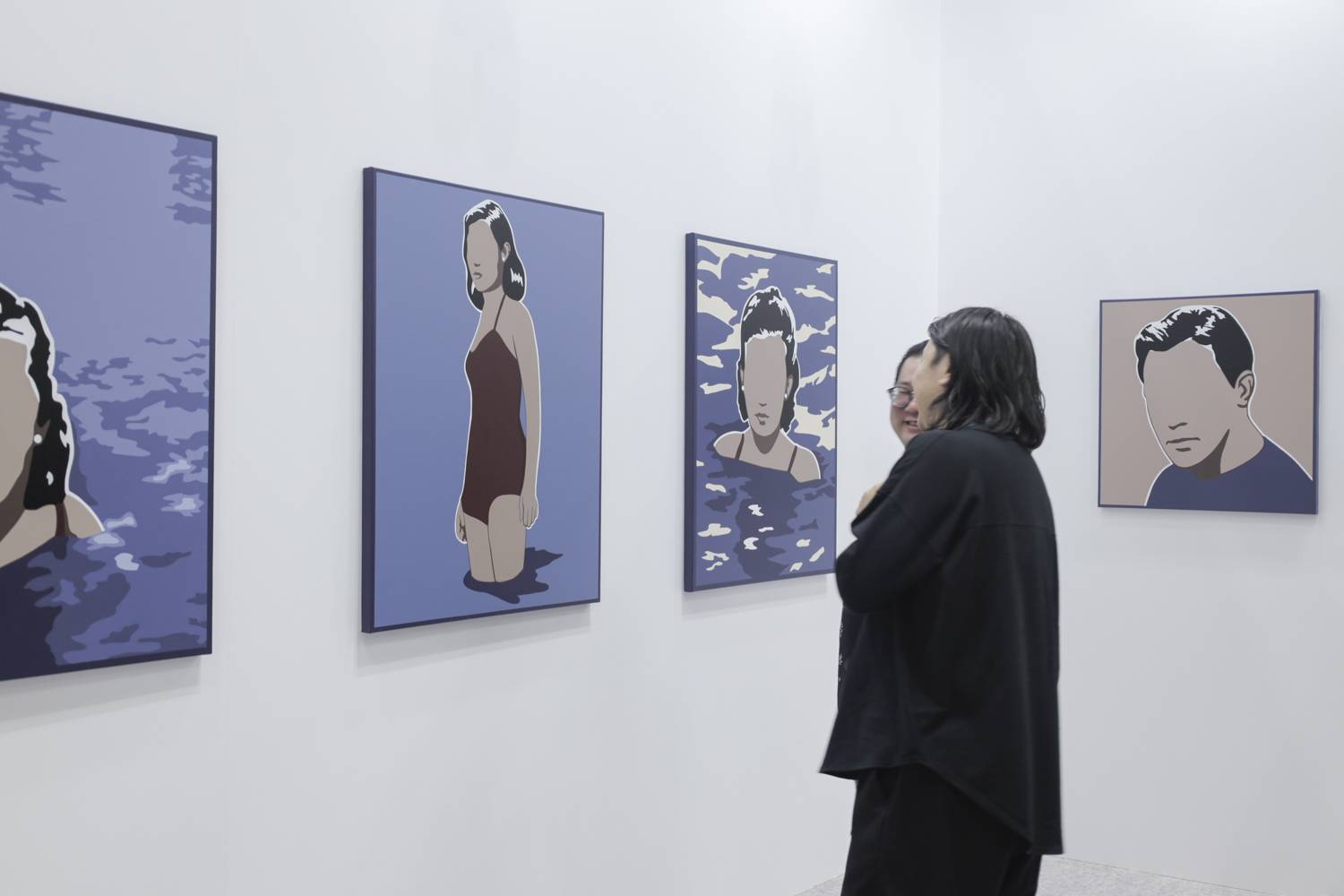

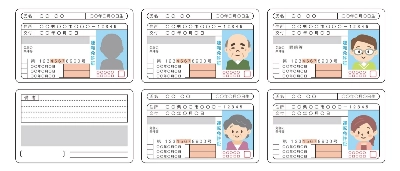


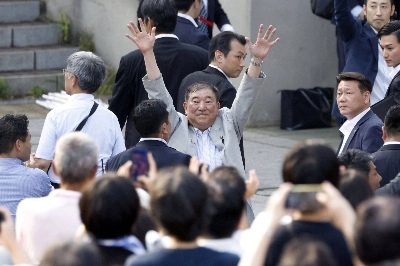






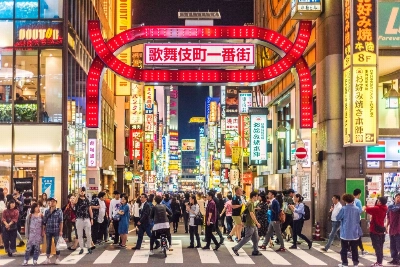

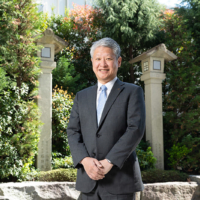

With your current subscription plan you can comment on stories. However, before writing your first comment, please create a display name in the Profile section of your subscriber account page.